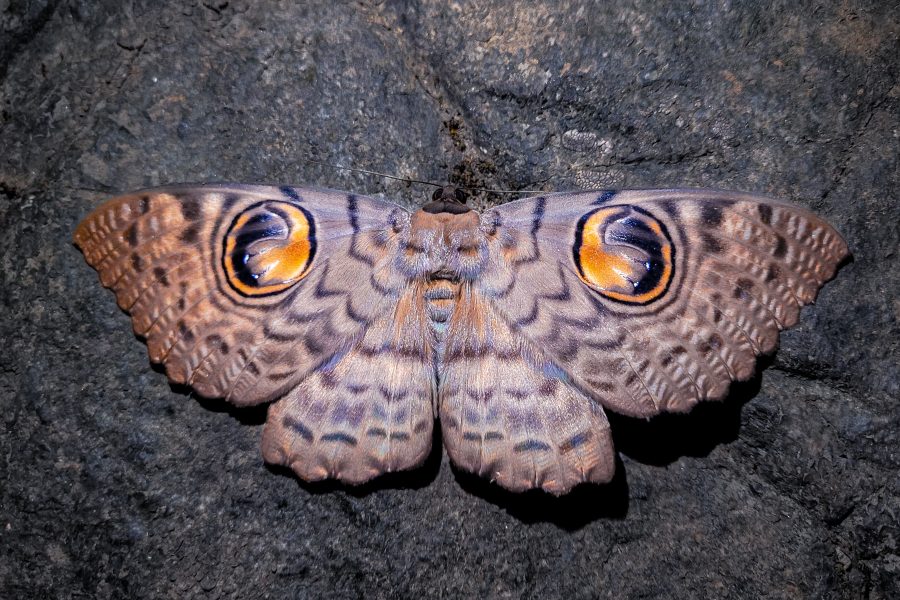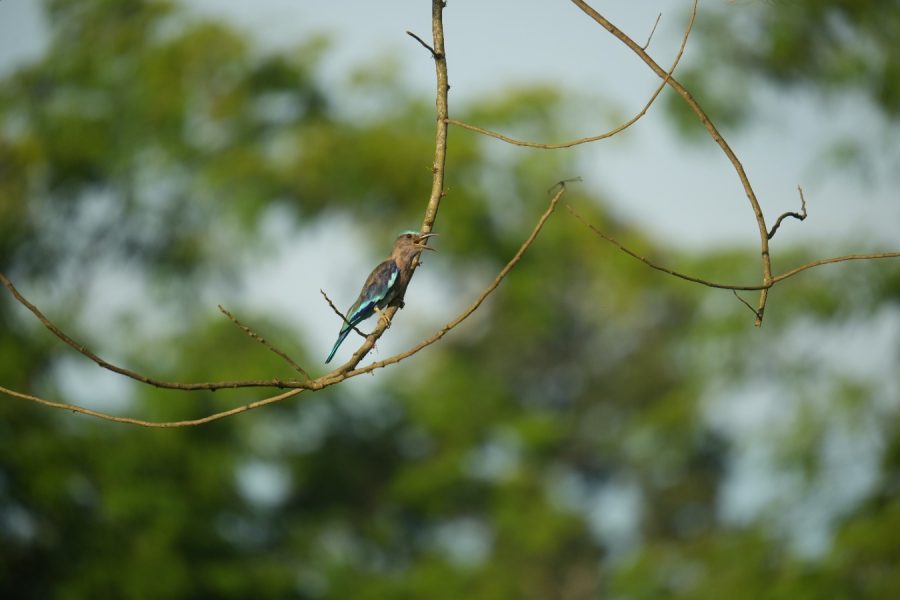In the sugarcane fields of rural Maharashtra, it’s not uncommon for farmers to encounter unexpected visitors in the form of leopards. This is largely due to Maharashtra being home to the third-largest leopard population in India. Wildlife SOS has time and again found farmers stupefied upon discovering a lost leopard cub in their sugarcane field. To make sure that cubs get the chance to live in their natural habitat, Wildlife SOS has employed expert techniques to reunite stranded leopard offsprings with their mothers.

While our team makes sure to address and resolve such cases, the rising frequency of unaccompanied cubs does prompt a question in the mind of a conscious observer…
Why do these Encounters Happen Mainly in Sugarcane Fields?
Maharashtra is the second-largest sugarcane producer in India, and as more rural communities depend on cultivating this crop, the transformation of leopard habitats into agricultural land has increased. This has led to a significant overlap between human and leopard territories. Consequently, encountering leopards, especially cubs, in sugarcane fields is frequent during the harvest season from December to March, which neatly coincides with the birthing period for leopard mothers.
Staying true to their elusive nature, female leopards often choose to give birth to their offspring in these fields because the tall, dense grass provide a protective environment and a hiding spot for the newborns, shielding them from potential threats. Mothers typically leave their cubs hidden in the safety of these thick stalks while they are on a search for food. The sugarcane stalks do conceal the cub, but do not provide the same cover that a dense jungle can. These unguarded and harmless leopard cubs thus run the risk of becoming prey to wild dogs or hyenas, or get caught in a human-leopard conflict.

When farmers start clearing the fields while harvesting the crops, they often stumble upon these tiny cubs. This prompts local villagers and farmers to contact the Maharashtra Forest Department and the Wildlife SOS team operating from the Manikdoh Leopard Rescue Centre (MLRC).
Since 2007, Wildlife SOS has closely collaborated with the Maharashtra Forest Department to conserve leopards in the state. Upon receiving reports from farmers about the cubs found in the field, Wildlife SOS promptly dispatches a team to the location while working in tandem with the forest department. After a thorough medical examination of the young ones by their veterinary team, they prepare for a reunion to take place with their mother.
The reunification process is critical for the cubs because mothers impart essential survival skills to their offspring, such as hunting and adapting to the wild. Without this guidance, the cubs are bound to struggle in order to survive the wild independently. Till date, Wildlife SOS has successfully reunited over 110 leopard cubs with their mothers.
The month of March this year saw yet another reunion of a leopard cub. The incident unfolded in Waghale village, where a distressed female leopard cub was located in a sugarcane field. The farmer, recognising the need for immediate intervention, contacted the Maharashtra Forest Department, which swiftly alerted Wildlife SOS for assistance.
Wildlife SOS and Junnar forest division teams, along with the veterinarians, travelled nearly 70 km to reach the site. After a comprehensive health assessment, the team identified the cub being nearly two months old, with minor wounds and scratches on her paws. Additionally, the baby leopard displayed signs of dullness and dehydration. The NGO’s veterinary team took the leopard cub under their fold to provide her necessary medical care, which included fluid therapy to address dehydration and ointments in the form of topical medication for the wounds. After ensuring her good health, the team carefully placed the cub in a safe box, and initiated the reunion process.
Camera traps were strategically deployed in the vicinity to closely monitor the reunion process. To the joy and relief of all involved, the mother leopard made an appearance the very same evening. After assessing the surroundings, she approached the box, identified her cub, and gently picked her up by the scruff of her neck. The heartwarming moment was caught on camera through which the pair could be seen retreating into the wild, marking a successful reunion.
Reuniting leopard cubs with their mothers gives them a second chance to thrive in their natural habitats. By doing so, Wildlife SOS aims to help these young felines become vital contributors to maintaining a healthy population of wild species in the forests. You can join our conservation and rescue efforts for these big cats by supporting us.





